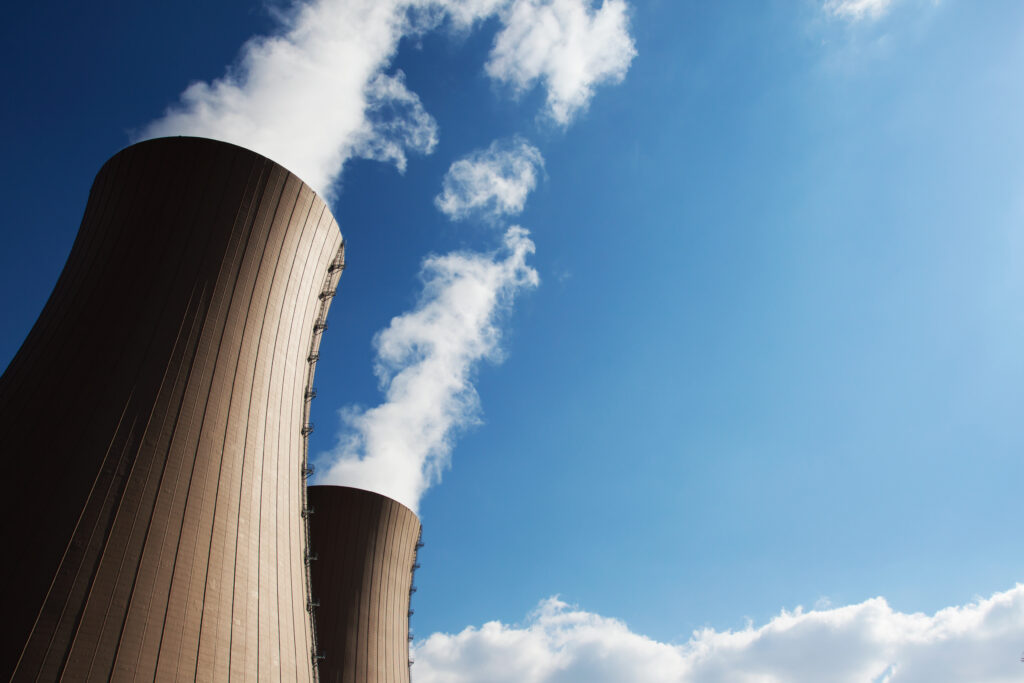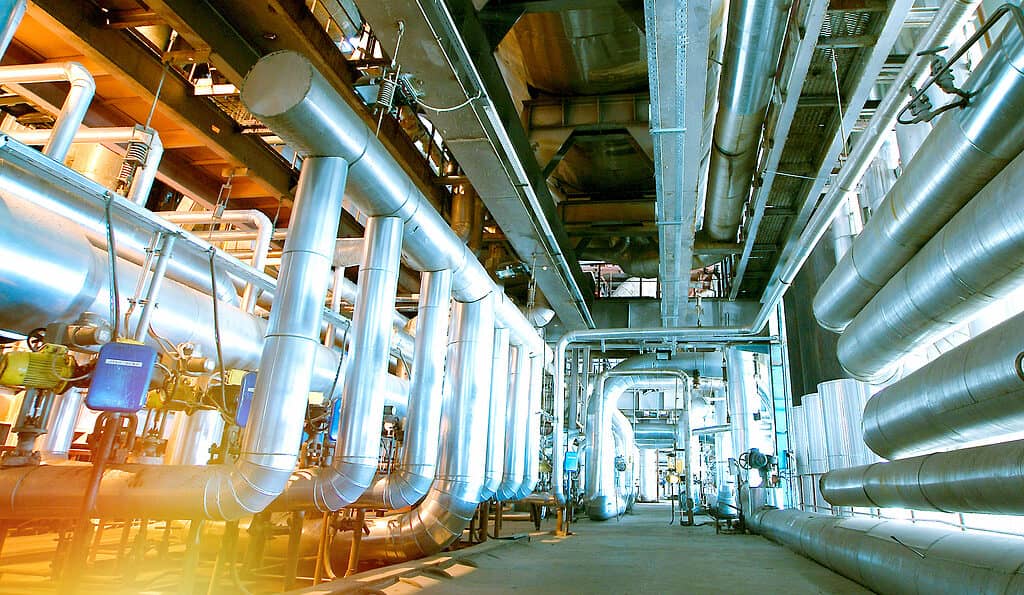According to the World Nuclear Association, Asia has the highest number of operating nuclear power plants in the world. As of July 2021, there are 131 operating nuclear power reactors in Asia, with a combined installed capacity of over 136 gigawatts (GW). In this article, you will discover the largest nuclear power plant in Asia and what lives around it!
The Largest Nuclear Power Plant In Asia
The largest nuclear power plant in Asia is the Kashiwazaki-Kariwa Nuclear Power Plant. The Kashiwazaki-Kariwa Nuclear Power Plant is a nuclear power plant located in the town of Kashiwazaki and the village of Kariwa in the Niigata Prefecture of Japan. It is also the largest nuclear power plant in the world by net electrical power rating, with a total installed capacity of 7,965 MW.
History of the Kashiwazaki-Kariwa Nuclear Power Plant

The largest nuclear power plant in Asia is the Kashiwazaki-Kariwa Nuclear Power Plant.
©Wlad74/Shutterstock.com
The power plant was first commissioned in 1985 and has seven pressurized water reactors, making it one of the largest nuclear power stations in the world in terms of the number of reactors. However, the power plant has had a turbulent history, including a major earthquake in 2007 that caused a radiation leak and damage to the plant’s equipment. Following this event, all units were shut down for safety checks.
The plant resumed operations in 2009 but faced another shutdown in 2011 following the Fukushima Daiichi nuclear disaster. The plant has since undergone significant safety improvements and has been approved for restart by the Nuclear Regulation Authority in Japan, although some local residents continue to express concerns about the plant’s safety.
The operator of the Kashiwazaki-Kariwa Nuclear Power Plant, Tokyo Electric Power Company (TEPCO), has also faced criticism for its handling of the Fukushima disaster, which has resulted in the closure of several other nuclear power plants in Japan.
What Does The Kashiwazaki-Kariwa Nuclear Power Plant Do?
The Kashiwazaki-Kariwa Nuclear Power Plant is a major nuclear power plant located in the Niigata Prefecture of Japan. It is operated by the Tokyo Electric Power Company (TEPCO). The plant generates electricity by utilizing nuclear reactors fueled by uranium.
As of 2021, there are seven reactors at the Kashiwazaki-Kariwa Nuclear Power Plant, making it one of the largest nuclear plants in the world.
The power generated by the plant is distributed to the surrounding region in Japan. However, the plant has had some significant accidents and issues with safety and has been shut down since 2011.
What Lives Around The Kashiwazaki-Kariwa Nuclear Power Plant?
There is a mix of residential areas, agricultural land, and natural habitats surrounding the Kashiwazaki-Kariwa Nuclear Power Plant. The nearest city is Kashiwazaki, which has a population of approximately 91,000 people. There are also several smaller towns and villages in the surrounding area. Many residents in the area work at the plant or in related industries.
In terms of natural habitats, the plant is located near the Sea of Japan. There are several beaches and coastal areas in the vicinity. There are also nearby mountain ranges and forests. These mountains and forests are home to a variety of wildlife such as bears, wild boar, and deer.
There are concerns about the impact of the nuclear power plant on the environment and local communities, particularly in the wake of the 2007 earthquake which caused damage to the facility. However, authorities have taken steps to mitigate these risks. They have implemented safety measures to protect workers and residents in the area.
Is The Kashiwazaki-Kariwa Nuclear Power Plant Beneficial To Japan?

In a nuclear power plant, nuclear energy released from the splitting of uranium atoms produces heat. This heat creates steam, which turns a turbine.
©Nostal6ie/Shutterstock.com
Proponents of nuclear power argue that the Kashiwazaki-Kariwa Nuclear Power Plant contributes significantly to Japan’s energy supply and economy. It is a reliable and efficient source of electricity. It also helps Japan reduce its carbon emissions.
Is The Kashiwazaki-Kariwa Nuclear Power Plant Harmful To Japan?
However, opponents of nuclear power argue that it poses significant risks to public health and the environment. This was demonstrated by the Fukushima Daiichi nuclear disaster in 2011. The Kashiwazaki-Kariwa Nuclear Power Plant itself has been subject to scrutiny and safety concerns, including a nuclear accident in 2007 that resulted in the plant being shut down for 21 months.
In Conclusion
The Kashiwazaki-Kariwa Nuclear Power Plant, located in Niigata Prefecture, Japan, is the largest nuclear power plant complex in the world. It has seven nuclear reactors and a total capacity of 8,212 MW of electricity. Whether the Kashiwazaki-Kariwa Nuclear Power Plant is beneficial to Japan is a complex and contentious issue that involves various economic, environmental, and safety considerations.
Overall, the nuclear power industry in Asia continues to grow. However, safety concerns and opposition from local communities have slowed down some projects.
The photo featured at the top of this post is © seo byeong gon/Shutterstock.com
Thank you for reading! Have some feedback for us? Contact the AZ Animals editorial team.






